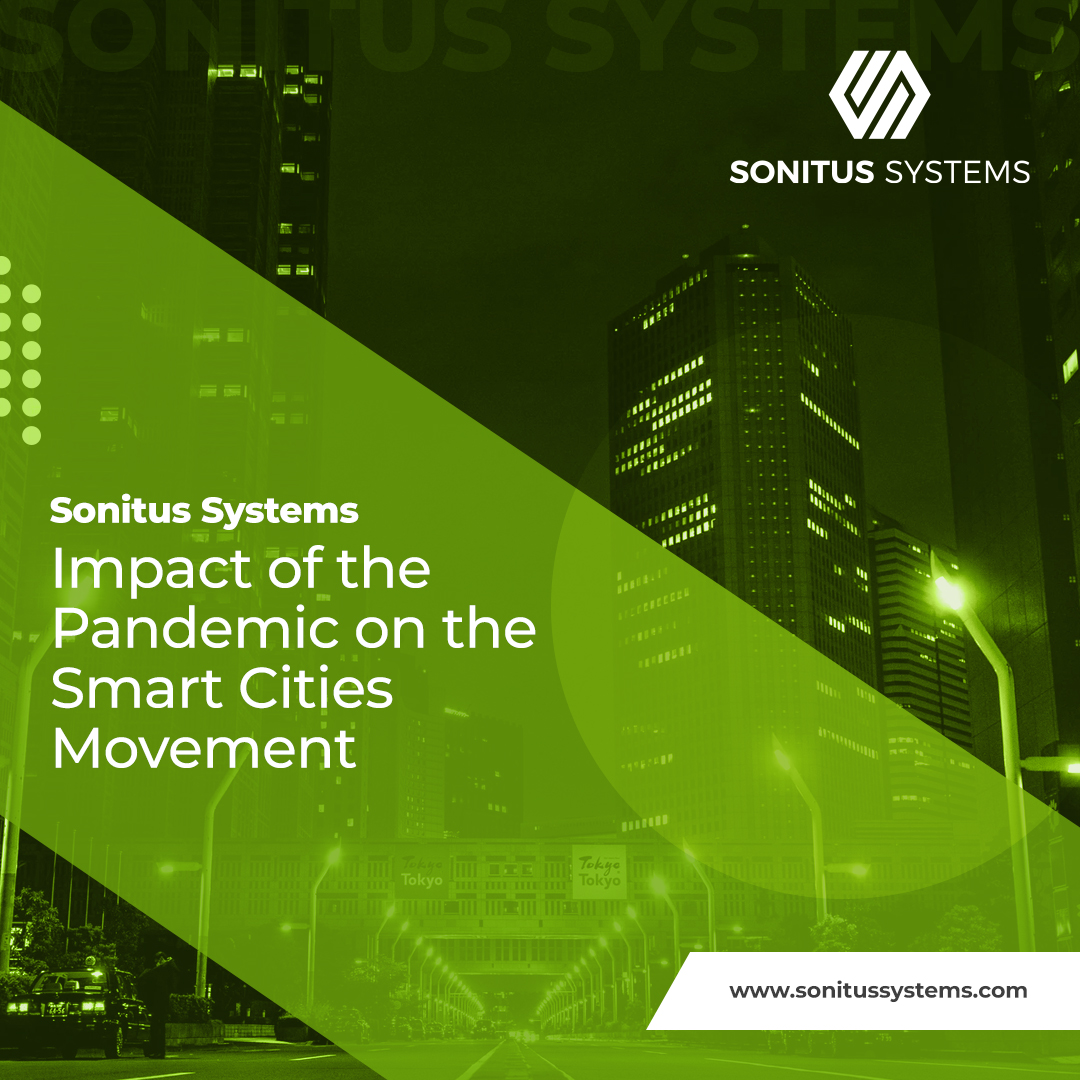How have the changes brought about by the pandemic impacted on government projects for Smart Cities?
According to the resource website for Public Sector IT professionals, www.gcn.com, the ongoing pandemic has accelerated the rise of smart cities across the US and furthered this State-sponsored smart movement significantly. Unlike other pandemic-responsive solutions hastily adopted, the changes in how governments all around the world approach the connectedness of their cities are likely to be permanent.
Late last month, ESI ThoughtLab released the results of a study titled ‘Smart City Solutions for a Riskier World’. This study engaged with 167 cities worldwide and found that 81 per cent of respondents believed the pandemic and its repercussions were the biggest disruptions in recent memory. Also, 69 per cent said that their city is reconsidering urban planning on foot of these repercussions. As noted by ESI ThoughtLab CEO Lou Celi, “Our discussions with global city leaders have made it clear that the pandemic has been a catalyst for remarkable technological, business and social change, which will continue even after the health crisis ends”.
The above report refers to an increase in ‘Cities 4.0′, which are essentially those cities that have shown leadership in the use of technology and data to start addressing the
United Nations’ Sustainable Development Goals (SDGs). These goals broadly fall into five areas of focus, which are: people, planet, prosperity, peace and partnerships.
Interestingly, ESI’s study found a marked correlation between technology and the achievement of better social, environmental and economic returns. Given the nature of the coronavirus,
one of the primary areas of focus for city governments is on pollutants, including air pollution and noise pollution. Of the US cities surveyed, 22 achieved Cities 4.0 status. All of these cities had invested in cloud-based technology and IoT technologies, most had also “explored” the use of mobile technologies, biometrics and blockchain. One of the shared insights from this particular study is that, during the pandemic, many cities simply did not have access to real-time information. As the report author articulates, “They [local governments] have to come to see data as a strategic asset”.
In recent days, www.cities-today.com published a forward-looking article about the ‘Five ways cities will change in the decade after COVID’, which amplified the message above. The Cities
Today article was written by Ricardo Alvarez, postdoctoral fellow in the Department of Urban Studies and Planning and a researcher in the SENSEable City Lab, both at the Massachusetts Institute of Technology (MIT). This article explores the impacts of COVID-19 on cities and predicts that advances in technology could see “tectonic” shifts over the next decade when it comes to designing and reimagining the cities of the future. The author highlights a number of trends and technologies that urban planners should watch out for over the coming decade, including the proliferation of IoT smart city devices to deal with everything from lighting and parking, to noise monitoring and air quality measurement. Multifunctional digital infrastructure is another key trend, with greater integration of technologies and easier access to all real-time information inevitable.
Further information about real-time noise monitoring for smart cities can be found here: Real time noise monitoring for smart cities Also, you can learn more about ambient air quality monitoring for Dublin City here: Covid 19 smartcities empowering residents
Sonitus Systems offers both the hardware and software for a range of environmental parameters on a continual basis, with real-time information available through our
Sonitus Cloud dashboard. For more details on our indoor and outdoor noise and air quality monitoring products and services, please contact the team at www.sonitussystems.com/contact/contact.html
